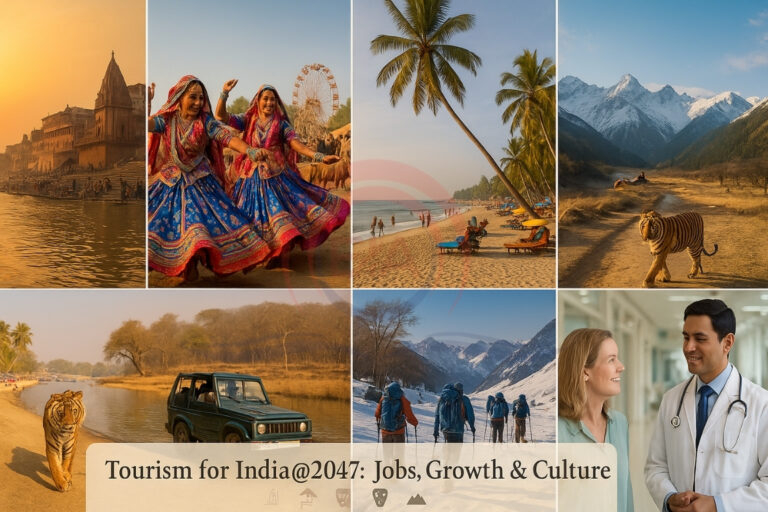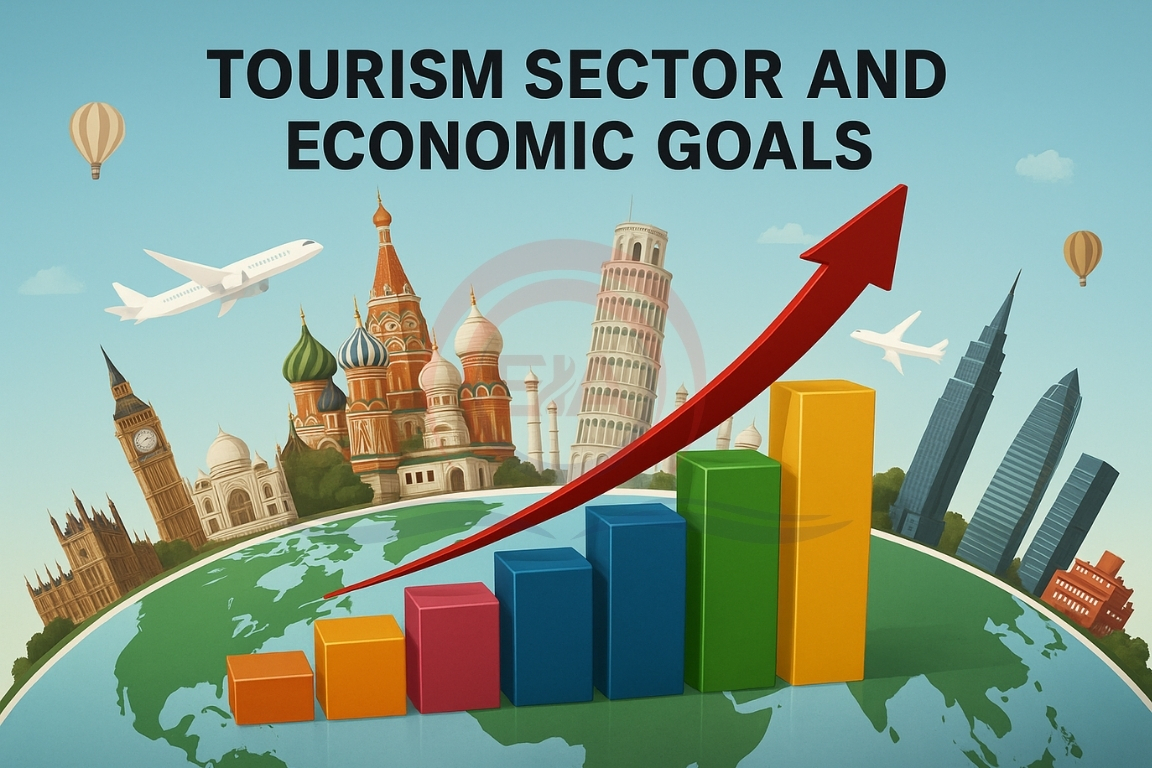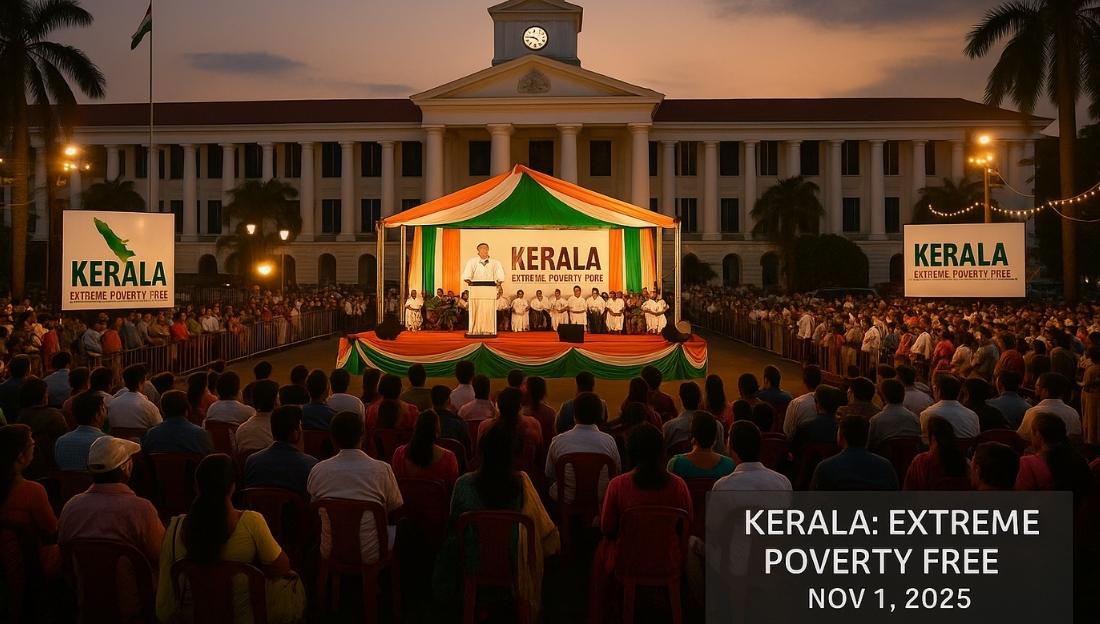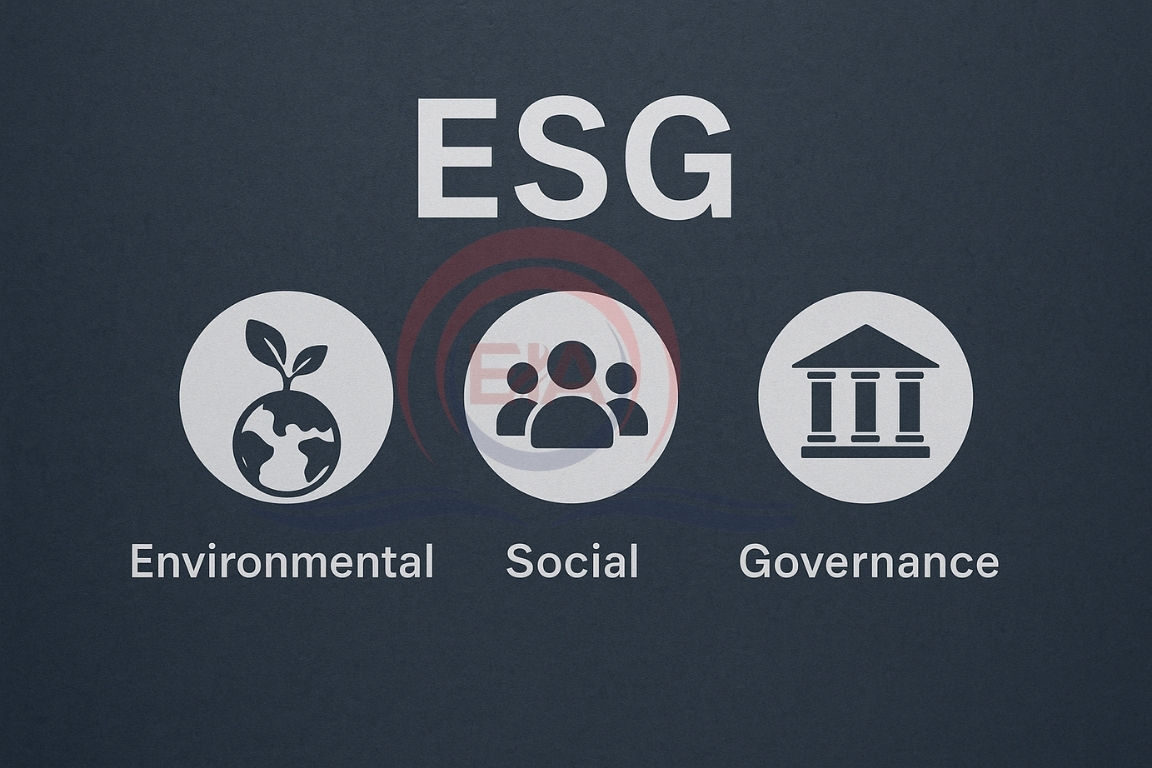The Union Minister for Culture and Tourism announced the government’s aim to raise tourism’s share in India’s GDP to 10% by 2047. This is part of India’s vision to become a developed economy by 2047, focusing on tourism-led growth.
Present Status of Tourism in India
- Currently, tourism contributes around 5–6% to India’s economy.
- India is a $4 trillion economy, targeted to reach $32 trillion by 2047.
- In 2023, India ranked 14th globally in terms of tourism receipts.
- India earned about 1.8% of global tourism receipts last year.
- The sector is expected to grow at a 24% Compound Annual Growth Rate (CAGR).

Types of Tourism in India
- Spiritual Tourism: Pilgrimage sites in every state reflect India’s religious diversity.
- Cultural Tourism: Fairs, festivals, and historical sites like Pushkar Fair, Taj Mahotsav, and Surajkund Mela attract visitors.
- Beach Tourism: Coastal states like Goa, Kerala, and islands like Andaman & Nicobar offer scenic beaches.
- Wildlife Tourism: National parks and sanctuaries like Ranthambore and Kaziranga draw wildlife lovers.
- Adventure Tourism: Activities in regions like Ladakh, Himachal, Sikkim, and the Himalayas are popular.
- Medical Tourism: India is a hub for affordable and quality healthcare, making it a medical tourism destination.
Challenges
- Weak Infrastructure: Roads, transport, and amenities remain poor in many tourist locations.
- Environmental Stress: Over-tourism causes pollution and ecological damage.
- Seasonal Fluctuations: Tourism sees uneven demand across seasons.
- Lack of Standard Quality: Inconsistency in service across hotels and operators.
- Insufficient Promotion: Lesser-known tourist spots remain under-marketed.
- Cultural Sensitivity Issues: Balancing preservation with visitor inflow is difficult.
Major Government Measures
- 50 Iconic Sites Development: Launched under 2025 budget with state partnerships.
- Swadesh Darshan Scheme: Focus on developing themed tourism circuits.
- PRASHAD Scheme: Upgrades infrastructure at major pilgrimage sites.
- Medical Value Travel (Heal in India): Promotes healthcare and wellness tourism.
- Atithi Devo Bhava Campaign: Enhances hospitality through training and awareness.
- E-Visa Facility & Reforms: Easier visa access and waivers for select countries.
- Support for Homestays & Jobs: MUDRA loans and performance incentives for states.
Conclusion:
India aims to position tourism as a key economic pillar by 2047 through infrastructure development, employment creation, and focus on spiritual, medical, and sustainable tourism. The government’s vision aligns with the global shift towards responsible and diverse travel experiences





